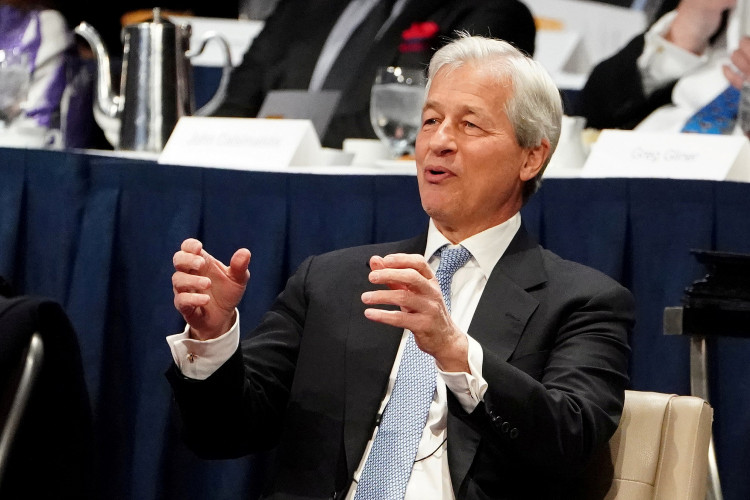JPMorgan Chase CEO Jamie Dimon issued a stark warning about the potential for a "hard landing" for the U.S. economy, citing concerns over persistent inflation and the risk of stagflation. Speaking at the JPMorgan Global China Summit in Shanghai, Dimon underscored the unpredictability of the current economic landscape and the challenges that lie ahead.
When asked by CNBC's Sri Jegarajah about the likelihood of a hard landing, Dimon responded, "Could we actually see one? Of course, how could anyone who reads history say there's no chance?" His remarks reflect a cautious outlook amid ongoing economic volatility.
Dimon emphasized that the worst outcome for the U.S. economy would be a stagflation scenario-where inflation remains high, but economic growth slows and unemployment rises. "I look at the range of outcomes and again, the worst outcome for all of us is what you call stagflation, higher rates, recession. That means corporate profits will go down and we'll get through all of that. I mean, the world has survived that but I just think the odds have been higher than other people think."
Despite these concerns, Dimon noted that the U.S. consumer remains relatively strong, with low unemployment rates and rising wages. However, he pointed out that consumer confidence is notably low due to persistent inflation. "It seems to be mostly because of inflation... The extra money from Covid has been coming down. It's still there, you know, at the bottom 50% it's kind of gone. So it's I'm gonna call it normal, not bad."
The Federal Reserve's recent minutes from their May meeting revealed growing concerns about inflation, with policymakers indicating a reluctance to ease monetary policy or cut interest rates. Dimon acknowledged this sentiment, suggesting that interest rates might still increase slightly. "I think inflation is stickier than people think. I think the odds are higher than other people think, mostly because the huge amount of fiscal monetary stimulus is still in the system, and still maybe driving some of this liquidity."
Dimon also cast doubt on market predictions regarding the timing and magnitude of future interest rate cuts. "The world said [inflation] was gonna stay at 2% all that time. Then it says it will go to 6%, then it said it's gonna go to four... It's been a hundred percent wrong almost every single time. Why do you think this time is right?"
According to the CME FedWatch Tool, approximately half of traders are anticipating a 25 basis points cut by September, suggesting an interest rate reduction of 0.25%. The Federal Reserve has projected three quarter-percentage point cuts throughout 2024, but only if market conditions permit.
Dimon's comments come at a time of heightened economic uncertainty, with U.S. inflation slightly easing to 3.4% in April, down from 3.5% the previous month, according to the U.S. Bureau of Labor Statistics. Meanwhile, the unemployment rate stands at 3.9%, slightly higher than a year ago.
Consumer confidence has been on a decline, with April marking the third consecutive month of decreased optimism, as reported by The Conference Board. "Consumers became less positive about the current labor market situation, and more concerned about future business conditions, job availability, and income," said Dana M. Peterson, the Board's chief economist.
Dimon highlighted that the economic stimulus from the COVID-19 pandemic, which provided a temporary boost, is now fading, especially among lower-income households. "The extra money from COVID has been coming down. It's still there, you know, at the bottom 50 percent it's kind of gone. So it's, I'm going to call it normal, not bad," he said.
Looking ahead, Dimon suggested that the persistent nature of inflation might necessitate further interest rate hikes. "I think inflation is stickier than people think. I think the odds are higher than other people think, mostly because the huge amount of fiscal monetary stimulus is still in the system, and still maybe driving some of this liquidity."
Dimon's outlook underscores the complex and uncertain economic environment that policymakers and businesses must navigate. With the Federal Reserve indicating caution and the potential for prolonged inflation, the U.S. economy faces significant challenges in maintaining stability and growth.






